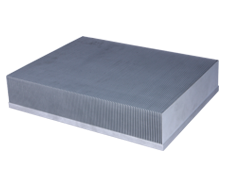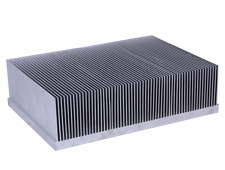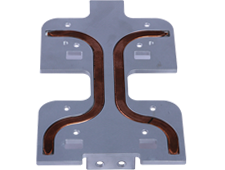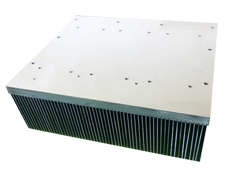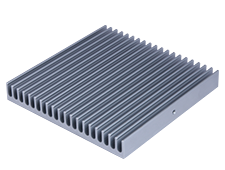Due to the "battery explosion-gate" of Samsung Galaxy Note 7, many cell phone manufacturers are worried about this issue and have been strengthening the battery cooling and safety characteristics of cell phones of their own brands.
Battery cooling has become the most critical factor for cell phone safety. To prevent a cell phone from overheating, LG indicated that they adopt copper heat sinks on their new cell phones. One the new cooling system is implemented, the battery won't be overheating even if the cell phone temperature reaches 150℃. In fact, not only LG is focused on the cell phone safety but also Apple is talking about it. Everyone is expecting to see which battery cooling technique Apple will use on its iPhone 8 and will there be new breakthroughs?
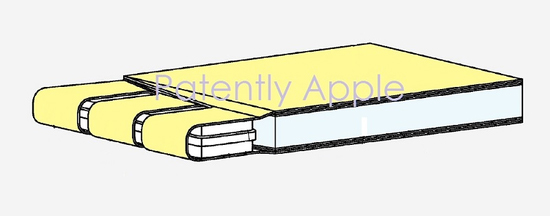
The leak of new technologies is often from patent agents. The US Patent and Trademark Office recently disclosed a patent filed by Apple. The patent document indicated that Apple expects to add multiple layers of graphite sheets to its cell phones for cooling. Each layer of the sheets is connected to the heat sources so that the heat sink can transfer heat from the heat source to the heat exchanger and finally to the cell phone case so that the battery temperature can be reduced quickly.
Editors of aluminum heat sinks also learned that, even well-known Apple analysts also indicated that Apple will add graphite coating to new generation iPhone to prevent the phone from overheating. Then, whether the iPhone 7s and the tenth anniversary special edition to be launched in 2017 will adopt the proprietary technology for cooling is something to be anticipated.
The enhancement of a cooler's performance can be realized from engineering efforts on the design and materials. It cannot be accomplished from a single aspect. The research and development in new materials for cooling keeps advancing in the cooling field. It is expected that materials of higher performance and more ergonomic designs can enhance the overall cooling effect.






